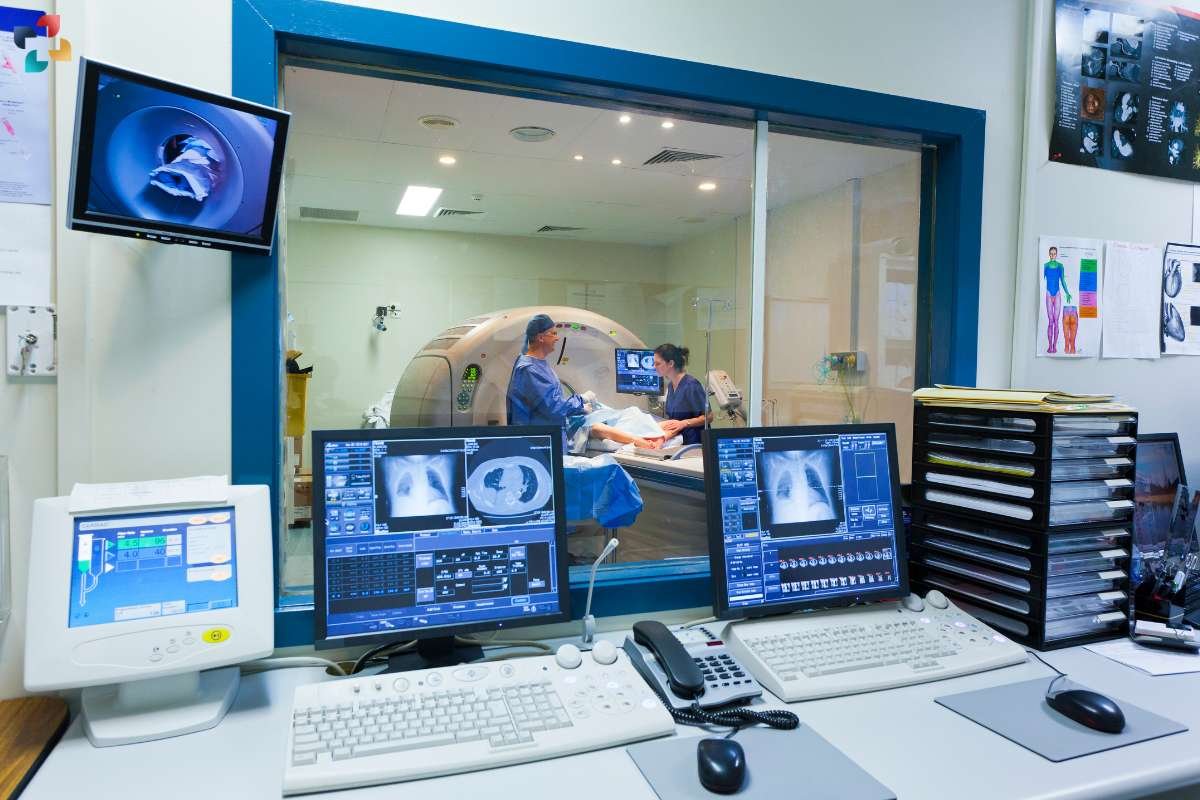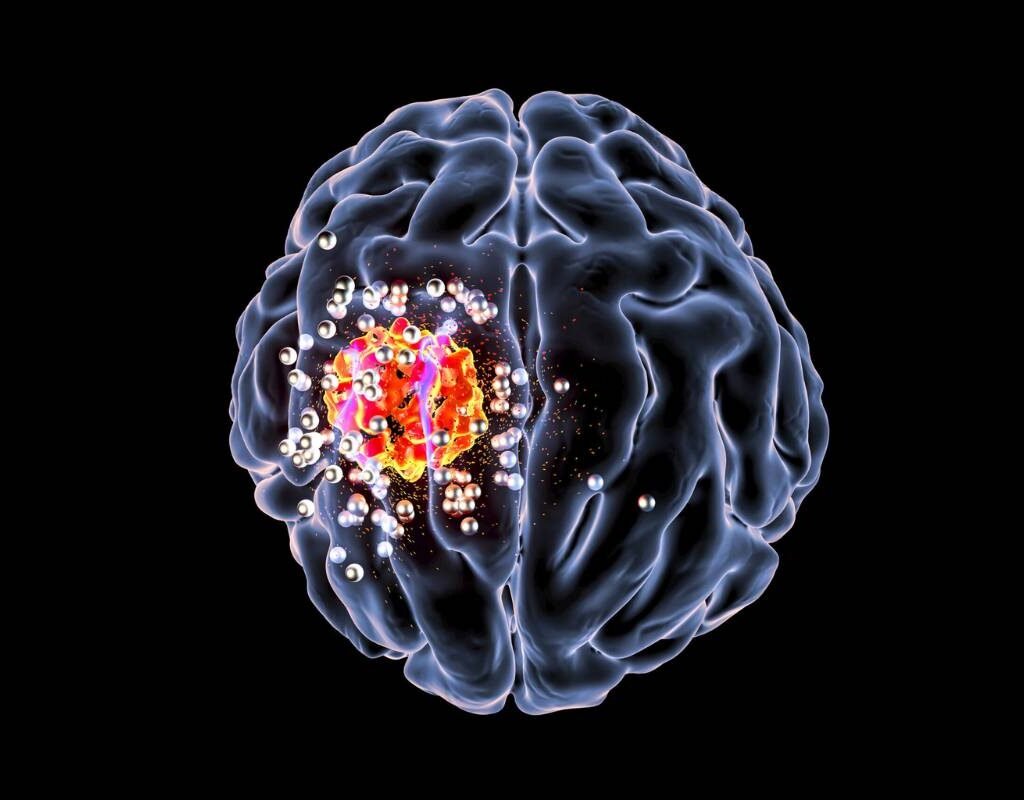Desmoid tumors, also known as aggressive fibromatosis, are rare but formidable soft tissue tumors that originate from connective tissue cells known as fibroblasts. Despite being noncancerous, these tumors can exhibit aggressive local invasion, leading to significant morbidity and requiring careful management. In this comprehensive guide, we delve into the complexities of desmoid tumors, exploring their causes, symptoms, diagnosis, and treatment modalities.
What Are Desmoid Tumors?
They are unique entities characterized by their locally infiltrative growth pattern, often encroaching upon surrounding structures such as muscles, nerves, and blood vessels. While they do not metastasize to distant sites like malignant tumors, their relentless expansion can result in the compression of vital organs and impairment of bodily functions.
Causes and Risk Factors:
The precise etiology of desmoid tumors remains elusive, although certain predisposing factors have been identified. These include a history of trauma or surgery in the affected area, genetic mutations associated with conditions like familial adenomatous polyposis (FAP), and hormonal influences such as pregnancy.
Clinical Presentation:

It can manifest with a spectrum of symptoms depending on their size, location, and proximity to critical structures. Patients may experience palpable masses, pain, restricted range of motion, and neurological deficits. In some instances, however, these tumors may remain asymptomatic and go unnoticed until discovered incidentally during imaging studies.
Diagnostic Approach:
Diagnosing desmoid tumors often involves a combination of imaging modalities such as MRI, CT, and ultrasound to delineate the extent of tumor involvement and assess its relationship with adjacent anatomical structures. Definitive diagnosis typically requires histopathological examination of tissue obtained via biopsy.
Treatment Strategies:
The management of desmoid tumors is multifaceted and tailored to individual patient factors. Treatment options may encompass surgical resection, radiation therapy, pharmacological interventions, and close surveillance. The selection of the most appropriate therapeutic approach depends on factors such as tumor size, location, growth rate, and patient preferences.
Surgical Resection:

Surgical excision may be considered for localized desmoid tumors amenable to complete resection without compromising vital functions or causing significant morbidity. However, the infiltrative nature of these tumors poses challenges, and achieving clear margins can be difficult, leading to high rates of recurrence.
Radiation Therapy:
Radiation therapy may be employed as adjuvant therapy following surgery or as primary treatment for unresectable or recurrent desmoid tumors. It aims to halt tumor growth and prevent local recurrence by delivering targeted radiation to the tumor bed while sparing surrounding healthy tissues.
Pharmacological Interventions:
Various pharmacological agents have shown efficacy in the management of desmoid tumors, including nonsteroidal anti-inflammatory drugs (NSAIDs), hormonal therapies, and targeted molecular agents. These treatments aim to inhibit tumor proliferation and induce regression by targeting specific signaling pathways involved in tumor pathogenesis.
Watchful Waiting:
In select cases, a strategy of active surveillance or watchful waiting may be adopted for asymptomatic or slow-growing desmoid tumors. Close monitoring with periodic imaging studies allows for early detection of tumor progression and timely intervention if warranted.
Prognosis and Follow-up:

The prognosis for patients with desmoid tumors is highly variable and influenced by factors such as tumor size, location, and response to treatment. Long-term follow-up is essential to monitor for recurrence or progression and address any treatment-related complications or sequelae.
Frequently Asked Questions (FAQs)
1. Is Desmoid Tumor Cancerous?
Ans: They are technically noncancerous, but their locally aggressive behavior and potential for infiltration can mimic malignant tumors. They do not metastasize to distant sites but can recur locally following treatment.
2. Can Desmoid Tumors Cause Complications?
Ans: Yes, it can lead to various complications depending on their location and size, including pain, restricted mobility, nerve compression, vascular compromise, and functional impairment of affected organs.
3. How Common Are Desmoid Tumors?
Ans: These are rare, with an estimated incidence of 2 to 4 cases per million individuals per year. They can occur at any age but are most commonly diagnosed in young adults between the ages of 15 and 60 years.

Unveiling the Enigma of Medulloblastoma Cancer: Symptoms, Diagnosis, and Treatment Strategies
Medulloblastoma cancer originates in the cerebellum, the region of the brain responsible for coordinating movement and balance. It arises from the primitive neuroectodermal cells, which are precursor cells that give rise to various types of brain cells.
4. Is Genetic Testing Recommended for Desmoid Tumor Patients?
Ans: Genetic testing may be considered for individuals diagnosed with desmoid tumors, especially if there is a family history of familial adenomatous polyposis (FAP) or other hereditary syndromes associated with an increased risk of tumor development.
5. What Are the Long-term Effects of Desmoid Tumor Treatment?
Ans: The long-term effects of desmoid tumor treatment depend on the chosen therapeutic modalities and may include surgical complications, radiation-induced fibrosis, hormonal imbalances, and the potential for tumor recurrence or progression.
Conclusion:
Desmoid tumors represent a unique clinical entity characterized by their locally aggressive nature and propensity for recurrence. Effective management requires a multidisciplinary approach tailored to individual patient needs, with a focus on achieving optimal outcomes while minimizing treatment-related morbidity. Continued research into the underlying pathogenesis of these tumors and the development of novel therapeutic strategies hold promise for improving patient outcomes and quality of life.







